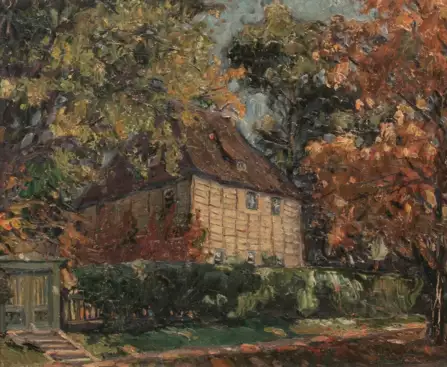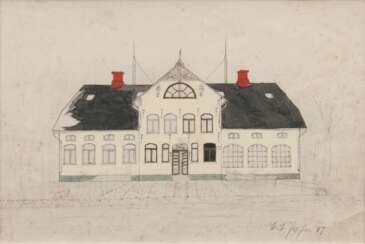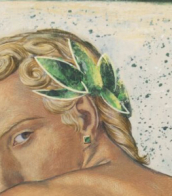artistes nord-allemands

Poppe Folkerts was a German marine painter, draughtsman and graphic artist. He studied at the Berlin Academy of Fine Arts under Karl Salzmann. In 1907 and 1908 he studied figure and portrait painting in Düsseldorf with Eduard von Gebhardt, before going to Paris in 1909, where he was accepted at the Académie Julian.
Poppe Volkerts is considered one of the most outstanding artists of the Frisian coast. As an enthusiastic sailor, he was able to capture the peculiarities of this landscape, the struggle of people with the forces of nature and the fascination of the sea with its constantly changing weather conditions and moods, with a unique liveliness and intensity. His pastose application of paint, special lighting and pure colours create the spatial depth and radiance inherent in the paintings.


Poppe Folkerts was a German marine painter, draughtsman and graphic artist. He studied at the Berlin Academy of Fine Arts under Karl Salzmann. In 1907 and 1908 he studied figure and portrait painting in Düsseldorf with Eduard von Gebhardt, before going to Paris in 1909, where he was accepted at the Académie Julian.
Poppe Volkerts is considered one of the most outstanding artists of the Frisian coast. As an enthusiastic sailor, he was able to capture the peculiarities of this landscape, the struggle of people with the forces of nature and the fascination of the sea with its constantly changing weather conditions and moods, with a unique liveliness and intensity. His pastose application of paint, special lighting and pure colours create the spatial depth and radiance inherent in the paintings.
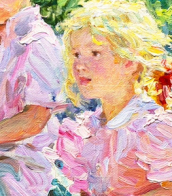

Hans Peter Feddersen the Younger is a German painter, master of landscape and genre painting of Friesland.


Paul Müller-Kaempff was a German painter, illustrator and lithographer. He is associated with the Düsseldorf school of painting.

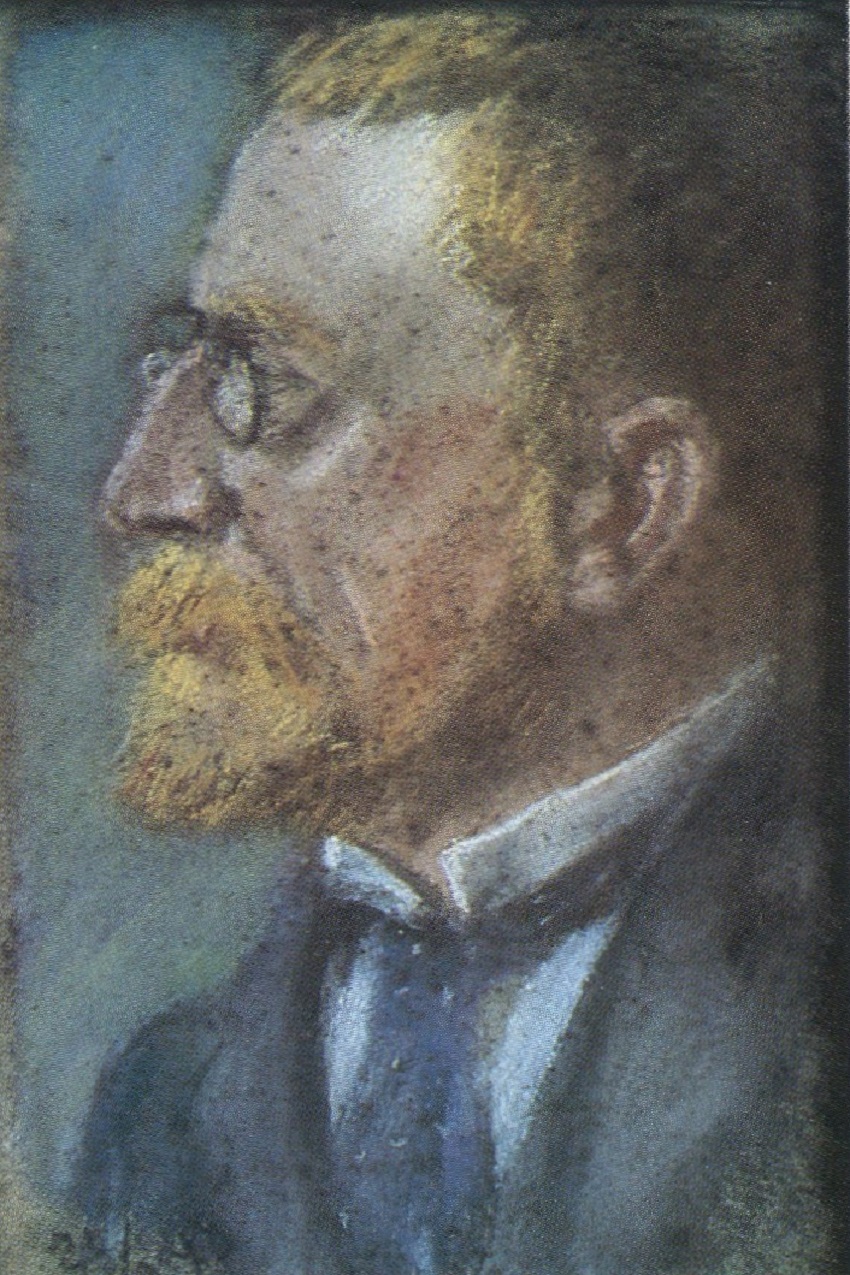
Thomas Ludwig Herbst was a German Impressionist painter; known mostly for landscapes and animal portraits.


Thomas Ludwig Herbst was a German Impressionist painter; known mostly for landscapes and animal portraits.


Thomas Ludwig Herbst was a German Impressionist painter; known mostly for landscapes and animal portraits.


Thomas Ludwig Herbst was a German Impressionist painter; known mostly for landscapes and animal portraits.


Thomas Ludwig Herbst was a German Impressionist painter; known mostly for landscapes and animal portraits.


Thomas Ludwig Herbst was a German Impressionist painter; known mostly for landscapes and animal portraits.


Thomas Ludwig Herbst was a German Impressionist painter; known mostly for landscapes and animal portraits.


Thomas Ludwig Herbst was a German Impressionist painter; known mostly for landscapes and animal portraits.


Thomas Ludwig Herbst was a German Impressionist painter; known mostly for landscapes and animal portraits.


Hans Peter Feddersen the Younger is a German painter, master of landscape and genre painting of Friesland.


Hans Peter Feddersen the Younger is a German painter, master of landscape and genre painting of Friesland.


Patrick von Kalckreuth, born Patrick Dunbar, was a leading German maritime painter.


Patrick von Kalckreuth, born Patrick Dunbar, was a leading German maritime painter.



































